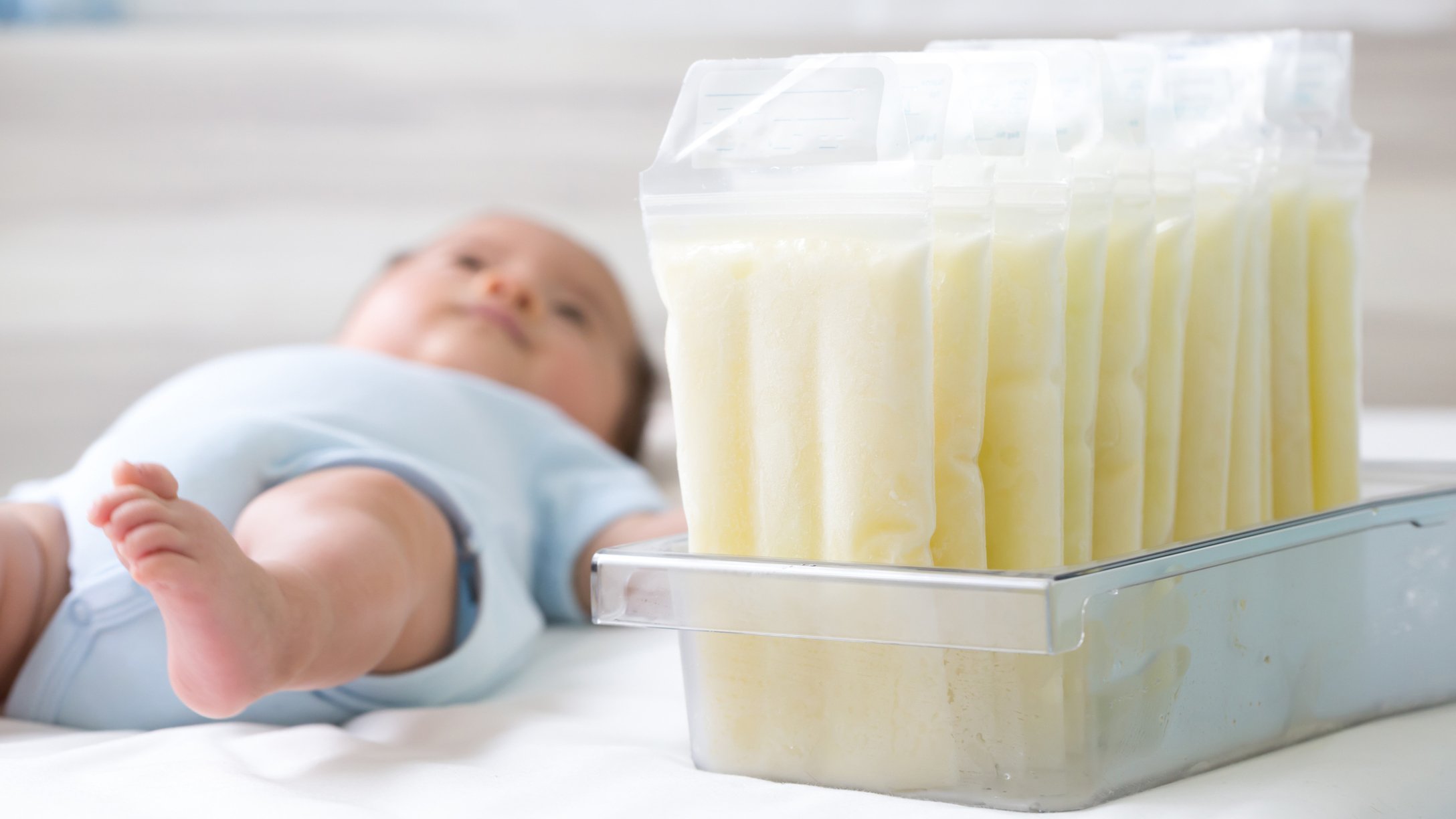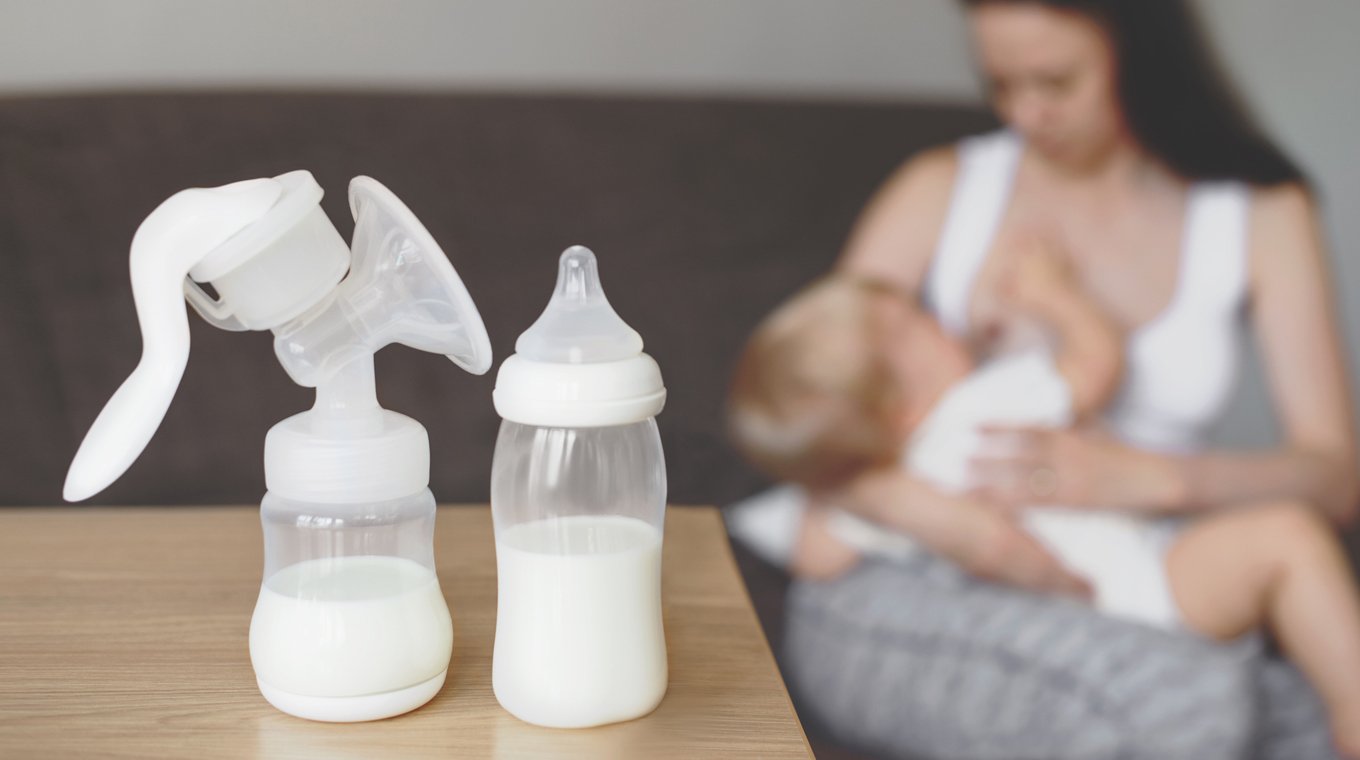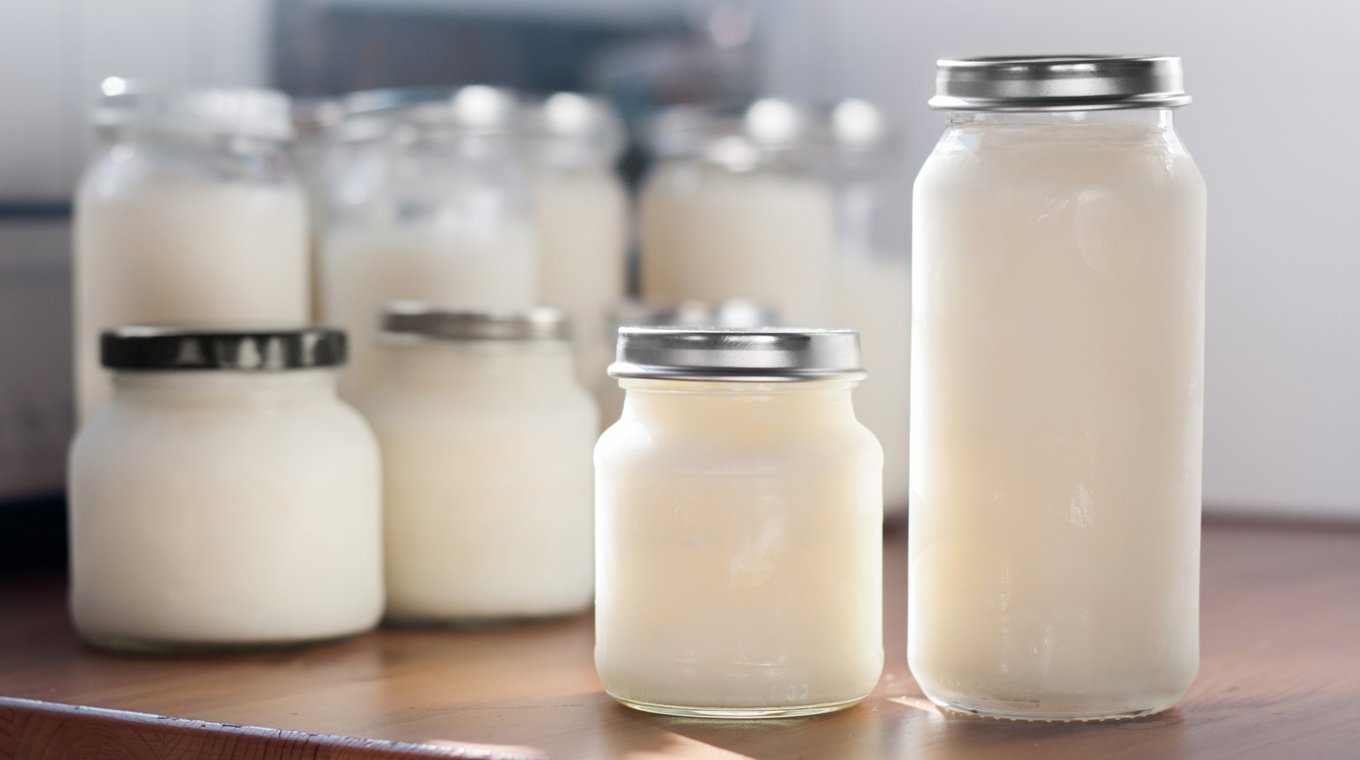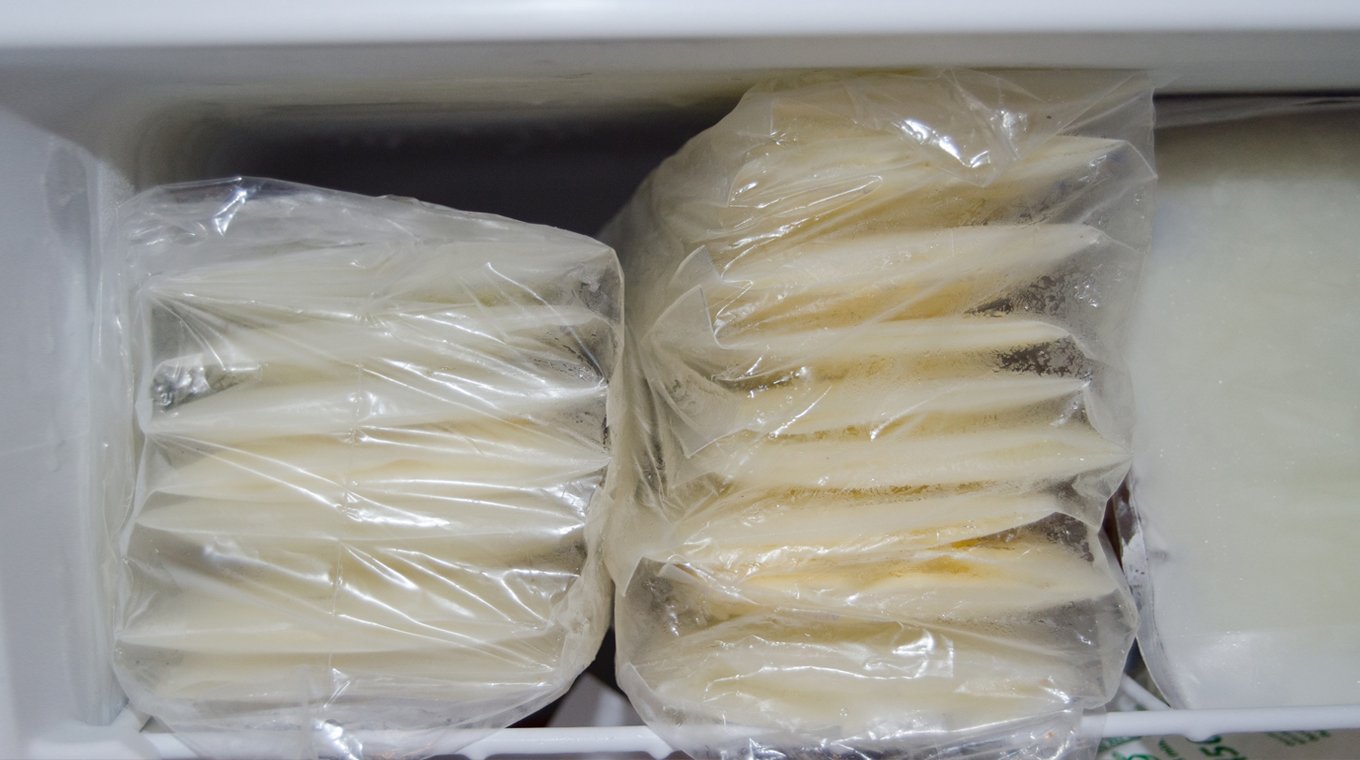
In this article
As a breastfeeding parent, your milk supply and schedule won’t always be in sync with your baby’s feeding schedule. While keeping a stash of breast milk on hand allows other caretakers to feed your baby when you’re unable to nurse, it’s important to properly store breast milk. Not only can improperly stored breast milk lose its nutritional value — it can also get your baby sick. Read on for everything you wanted to know about breast milk — at least the “How To: Breast Milk Storage” edition!
How long can breast milk stay out for and other breast milk storage guidelines

Because breast milk is food, you need to make sure you are taking proper precautions to prevent your milk from spoiling. Start with clean hands, sanitized containers, and a trusty breast pump. Prepare containers by washing them in a dishwasher with a hot cycle, washing them with hot and soapy water, or boiling them on the stove.
“Rule of fours” for fresh breast milk
“It’s important to keep in mind how long breast milk lasts,” Pennsylvania pediatrician Dr. Steph Lee told Mom.com, “because it varies based on whether breast milk is freshly pumped or previously frozen and being kept in a refrigerator or a freezer.”
Keep in mind the “rule of fours.” For fresh breast milk, it’s safe at room temperature for up to four hours, and up to four days in the refrigerator.
Store in single servings
Prevent waste by portioning breast milk into single-serve containers that hold the amount of milk your baby typically consumes at one feeding. Aim for servings of 2 to 3 ounces. If there is any remaining milk after a feeding, you can use the rest within two hours. Just make sure to refrigerate it quickly!
Use proper breast milk storage containers
Store milk in specially-made breast milk storage bags — food storage bags or disposable bottle liners can leak and aren’t recommended. You can also use sterile glass bottles or hard BPA-free plastic bottles with tight lids. Steer clear of containers with recycle numbers 3 or 7 because they might contain Bisphenol A (BPA).
Proper breast milk storage temperature and time

Storage times vary for milk stored in appropriate containers. Remember: In any fridge or freezer, store milk containers at the back of the shelf where they won’t be exposed to warm air when the door is opened and shut.
At room temperature (up to 77 degrees F), fresh breast milk is safe for four hours if not in direct sunlight. It can be stored for 24 hours in an insulated bag filled with ice packs or for four days in a refrigerator (40 degrees F).
Stored in the freezer of a traditional refrigerator (0 degrees F) — where the freezer compartment is totally separate from the refrigerator — your milk stays fresh for up to six months; it stays fresh for just two weeks, however, when stored in a freezer compartment that is not separate from the refrigerator. Breast milk can be frozen for up to one year in a chest or upright deep freezer, but it loses quality in passing months.
“My younger child was in the NICU for a month, so I was pumping all the time,” Cosette Zugale told Mom.com. “I ended up buying a small freezer specifically to store breast milk.”
For thawed breast milk, you have up to 24 hours if you store it in the fridge (40 degrees F) and up to 2 hours if it’s sitting at room temperature (up to 77 degrees F).
How to tell if breast milk is bad and other tips

Of course, there are a lot of details about pumping, storing, freezing, transporting, and thawing breast milk. “Make sure to store in bags or containers with tight-fitting lids and write the date on them so you can keep track of when they expire,” Dr. Lee advised. “Don’t fill it up all the way, because breast milk can expand as it freezes — you don’t want to come back to exploded milk one day.”
Here are a few more practical tips that might help with the storing and using of breast milk:
The “smell” test
Just like any other food, breast milk can go bad. Here’s a good rule of thumb: If it smells like spoiled milk, throw it out. Other signs of breast milk that is “off” are:
- Has clumps
- Doesn’t mix when swirled
- Tastes sour
Use painter’s tape as a label
Label each container with the date; if your baby goes to daycare, clearly print your child’s name on the container to make sure there are no mix-ups. For quick labeling, write the date and time (and sometimes, ounces) on painter’s tape or masking tape and stick on bottles of fresh milk. That way, you can easily remove the tape when washing and you don’t have to guess how long the breast milk has been in the fridge.
Put your newest pumped milk in the back
Label your milk with the date and ounces, and then store in chronological order by adding the freshest breast milk behind the older milk. This way, you’re clearing out the oldest milk first and don’t have to go digging because that milk is at the front.
